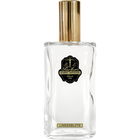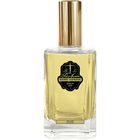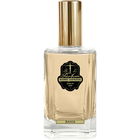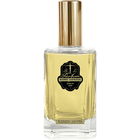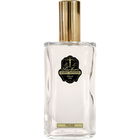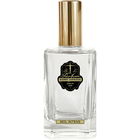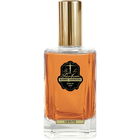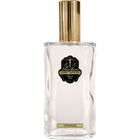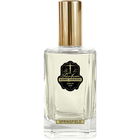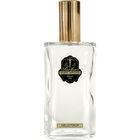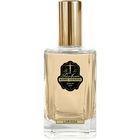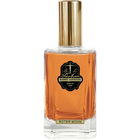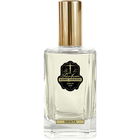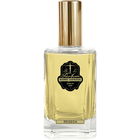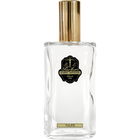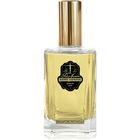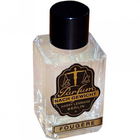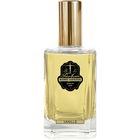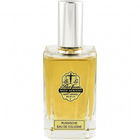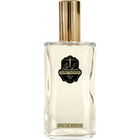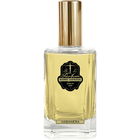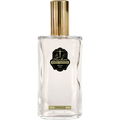
NafeesAhmed
34 Reviews

NafeesAhmed
Helpful Review
5
Club de nuit Man by Armaf
Fragrantica rating: 3.89/5
Citrusy, warm spicy, aromatic, woody.
Don't know why this is so underrated. A well balanced combination of mild sweetness and spiciness. Soft creamy sweet and a bit powdery. A toned-down and less intense version of one million, pretty decent performance. It definitely deserves more recognition in my opinion.
Citrusy, warm spicy, aromatic, woody.
Don't know why this is so underrated. A well balanced combination of mild sweetness and spiciness. Soft creamy sweet and a bit powdery. A toned-down and less intense version of one million, pretty decent performance. It definitely deserves more recognition in my opinion.





 Top Notes
Top Notes  Grapefruit
Grapefruit Mint
Mint Mandarin orange
Mandarin orange Magnetic Dandruff
Magnetic Dandruff Heart Notes
Heart Notes  Ginger
Ginger Cinnamon
Cinnamon Clove
Clove Pepper
Pepper Base Notes
Base Notes  Amber
Amber Leather
Leather Patchouli
Patchouli Spices
Spices


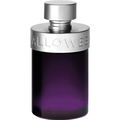
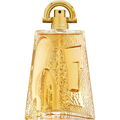
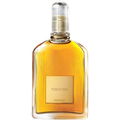
 Reap
Reap Theobaer
Theobaer Emko47
Emko47 Josef33
Josef33 Stexx
Stexx Siffert
Siffert Lupnigardsch
Lupnigardsch JaulanaNoCap
JaulanaNoCap PacificBlue
PacificBlue Mazze
Mazze